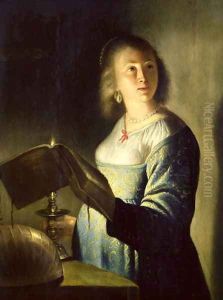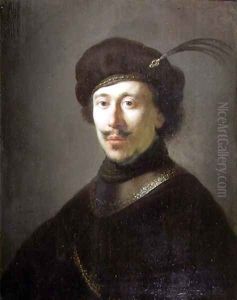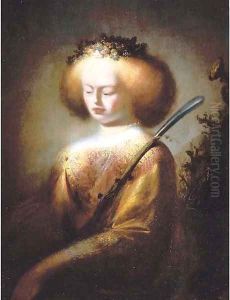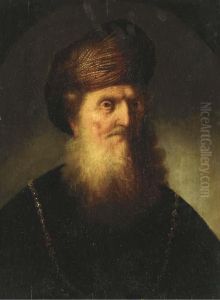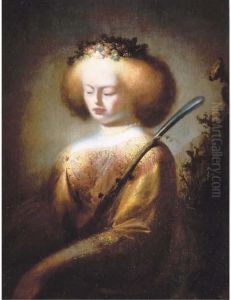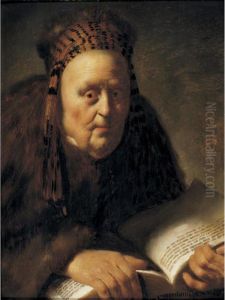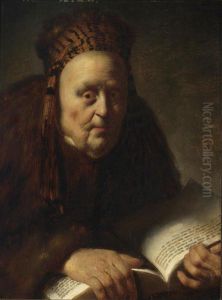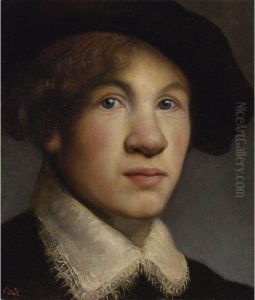Isaac de Jouderville Paintings
Isaac de Jouderville was a Dutch painter born in 1612 in Leiden, Netherlands. While not as widely recognized as some of his contemporaries, de Jouderville is known for his contributions to the Dutch Golden Age of painting. He was a pupil of Rembrandt van Rijn, one of the most famous Dutch artists of all time, during the early period when Rembrandt himself was establishing his career in Leiden before moving to Amsterdam.
De Jouderville's style was heavily influenced by Rembrandt, especially in his use of lighting and shadow to create depth and emotion in his works. This technique, known as chiaroscuro, was a hallmark of Rembrandt's style that de Jouderville adopted. However, details about his life and career are somewhat scarce, and many of his works have been lost or were attributed to Rembrandt in the past due to their stylistic similarities.
The exact details of de Jouderville's life, including his training prior to studying with Rembrandt, are not well documented. His works that have survived suggest that he primarily focused on portraiture, a common genre among Dutch painters of the time. De Jouderville’s paintings demonstrate a keen eye for detail and an ability to capture the psychological presence of his sitters.
Isaac de Jouderville died young, at the age of 33, in 1645. His premature death may have contributed to his relative obscurity compared to other artists of the Dutch Golden Age. Despite his early death, his works remain an important part of the study of Rembrandt’s influence on his pupils and the development of 17th-century Dutch portraiture. His works are housed in various collections, providing insight into the artistic environment of Leiden during a vibrant period of artistic production.
